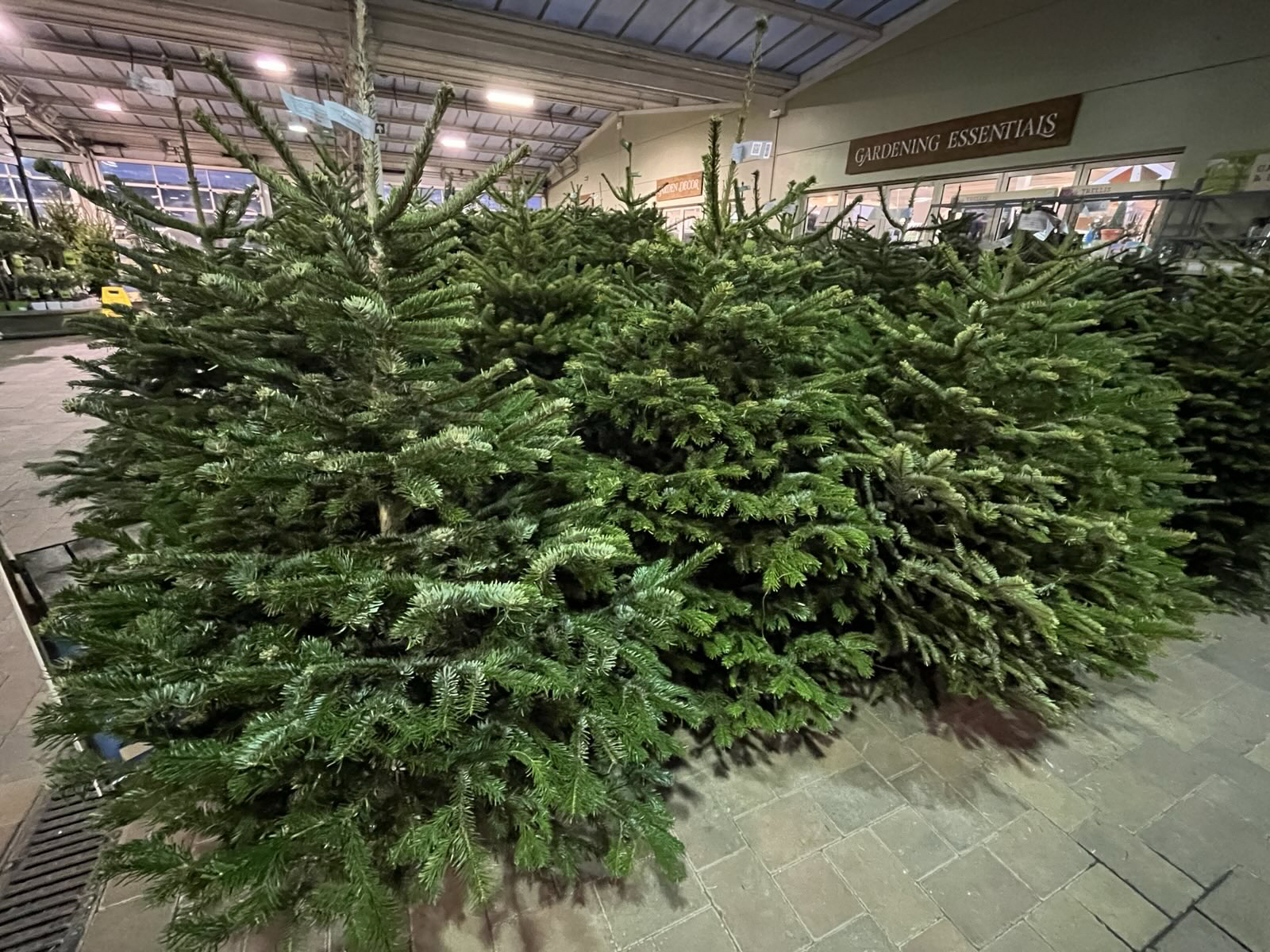The Christmas Tree
“Never worry about the size of your Christmas tree. In the eyes of children, they are all 30 feet tall.”
Larry Wilde (1928-2023)
Choosing a Christmas tree, for many people, signals the start of the festive season. Pagans, then Romans and eventually Christians brought green branches then whole trees indoors to decorate mid-winter festivals.
Not all Christmas Trees are firs, but they are all conifers; in the species are pines, firs, spruces and the larger cedars, yews and sequoias – the latter group being far too big for our sitting rooms and hallways!
What makes a ‘good’ Christmas Tree? The distinctive fragrance, the colour – greenness symbolises everlasting life while for Christians the shape presents the Holy Trinity of Father, Son and Holy Ghost, traditionally depicted as a triangle.
The Norway Spruce with its delightful smell, lots of slender branches and classic pointed shape was, until the 1990s, Britain’s favourite– what was not to like? It too easily dropped needles. So, we switched alliance to The Nordmann Fir; lacking in fragrance strength the Nordmann makes up with dense green foliage, strong branches, good shape and it’s a non-dropper even in warm houses.
How to tell the difference – Norway spruce’s branches point broadly upwards distinct from the flatter Nordmann fir. The latter are glossy and greenest in colour while Norway spruces are paler and you can spy chestnut brown through the branches. You could be different though and buy a blue spruce….
We love the triangular shape but this evolutionary adaptation is for survival in thick forests and cold windy climates, not as the perfect decorating tree! A pointy shape allows light to reach the lower branches and snow sloughs off with ease. Flexibility is the key word in wind – bendy branches, shallow roots that spread out in a flat plane and tapered trunks all allow the necessary sway.

Their leaves (the needles) are also specially adapted to retain water and minimise wind resistance, have a high resin content to avoid frost damage and pores that close in the Winter. New leaves grow through as old ones are shed benefitting them with insulation and year-round photosynthesis, useful in low sunlight.
Conifers chose cones as their seed dispersal and cleverly keep the overlapping scales closed until conditions are right for release. Firs, pines and spruce cones start life pointing upwards but mature pine and spruce cones become too heavy and so hang down. Most cones fall to the ground where we can collect them for use as decorations but once a fir cone has released its seed it crumbles away while still attached.
Lastly, that distinctive fragrance of the Christmas Tree comes from the not so wonderful sounding terpenes. Terpenes make up resin the tree’s sticking plaster, setting hard over a wound to prevent bacteria entering. Like us pollinator insects love the smell but fortunately some insects like, plant eating beetles hate it! The make-up of terpene varies between conifer species; pinene is unsurprisingly responsible for the immediately recognisable smell of pine and you may recognise its use in turpentine. The imbued citrussy-minty-woody smell of fir trees and cannabis plants is the pungent camphene. Limonene, used in cleaning products to give the fresh smell, comes from spruce trees. These fragrances are used for food flavouring and their stimulating properties are said to promote clarity, boost energy and tackle respiratory congestion when used as aromatherapy oils.
* 30 (UK) feet equal 9.14 metres. Editor.

